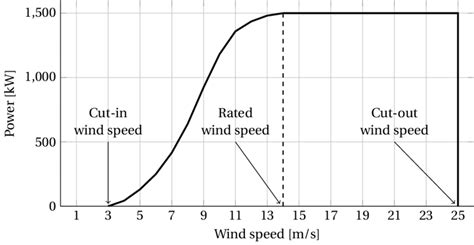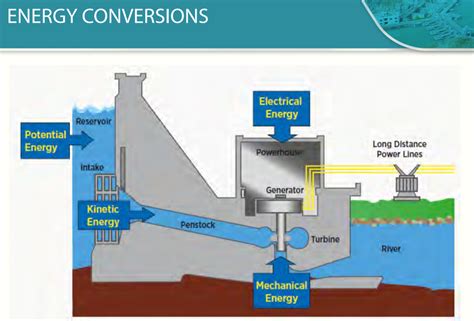Wind energy, a cornerstone of renewable energy production, has been rapidly expanding its presence globally. As the world shifts towards cleaner, more sustainable energy sources, wind power stands out for its potential to significantly reduce greenhouse gas emissions and mitigate climate change. The evolution of wind energy technology has been marked by improvements in efficiency, reductions in costs, and the development of innovative applications. This article explores five ways wind energy is transforming the energy landscape, from its traditional role in electricity generation to its emerging applications in transportation and beyond.
Key Points
- Advancements in wind turbine technology have significantly increased energy production efficiency.
- Offshore wind farms are becoming increasingly important for their high energy output and lower visual impact.
- Wind energy is being integrated into transportation systems through electric vehicles and hydrogen fuel cell technology.
- Community-owned wind projects are empowering local communities and promoting renewable energy adoption.
- Research into floating wind turbines is opening up new possibilities for wind energy production in deeper waters.
Advancements in Wind Turbine Technology

The design and efficiency of wind turbines have undergone significant improvements over the years. Modern turbines are capable of generating more electricity from the same amount of wind due to larger rotor diameters and more efficient blade designs. This advancement means that fewer turbines are needed to produce the same amount of energy, reducing costs and environmental impacts. Furthermore, the development of direct drive turbines has eliminated the need for gearboxes, reducing maintenance costs and increasing the reliability of the turbines.
Materials and Design Innovations
Research into new materials and designs continues to push the boundaries of what is possible with wind energy. For example, the use of carbon fiber in turbine blades allows for longer, lighter blades that can capture more energy without the weight penalties associated with traditional materials. Innovations in aerodynamic design are also crucial, enabling turbines to operate efficiently across a wider range of wind speeds.
| Year | Average Turbine Size (MW) | Capacity Factor |
|---|---|---|
| 2010 | 2.0 | 35% |
| 2020 | 3.5 | 45% |
| 2025 (Projected) | 5.0 | 50% |

Offshore Wind Farms: The Future of Wind Energy

Offshore wind farms have emerged as a vital component of the wind energy sector. They offer several advantages over their onshore counterparts, including stronger and more consistent winds, which can lead to higher capacity factors and thus more electricity generated per turbine. Additionally, offshore farms can be located farther from populated areas, reducing visual impact and noise complaints. Countries like the UK, Denmark, and the Netherlands have been at the forefront of offshore wind development, with significant investments in this technology.
Challenges and Opportunities
Despite the advantages, offshore wind development comes with its own set of challenges, including higher installation and maintenance costs due to the marine environment. However, technological advancements and economies of scale are gradually bringing down these costs. The development of larger turbines designed specifically for offshore conditions is a key area of focus, as these can significantly reduce the cost per megawatt of installed capacity.
Wind Energy in Transportation
The transportation sector, a significant contributor to greenhouse gas emissions, is beginning to feel the impact of wind energy. While direct use of wind energy in vehicles is not feasible due to the intermittent nature of wind, indirect applications are gaining traction. For instance, wind energy can be used to generate electricity that powers electric vehicles, offering a cleaner alternative to fossil fuels. Moreover, the production of hydrogen through the electrolysis of water using wind energy provides a promising avenue for fuel cell vehicles, especially for heavy-duty and long-distance transport.
Sustainability and Energy Storage
As wind energy continues to grow, so does the need for efficient energy storage solutions to mitigate the intermittency of wind power. Innovations in battery technology and other storage methods are crucial for stabilizing the grid and ensuring a smooth supply of electricity. Furthermore, the integration of wind energy with other renewable sources can help create a more resilient and sustainable energy system.
What are the primary benefits of offshore wind farms over onshore wind farms?
+Offshore wind farms benefit from stronger and more consistent winds, leading to higher efficiency and energy output. They also have a lower visual impact and can be placed farther from residential areas, reducing noise complaints.
How does wind energy contribute to reducing greenhouse gas emissions?
+Wind energy is a clean, renewable source of electricity that displaces fossil fuels, thereby reducing the amount of carbon dioxide and other greenhouse gases emitted into the atmosphere. This helps mitigate climate change and improves air quality.
What role can community-owned wind projects play in promoting renewable energy adoption?
+Community-owned wind projects empower local communities by providing them with a stake in renewable energy production. This not only generates local income and jobs but also increases acceptance and support for wind energy among community members, promoting further adoption of renewable energy sources.
In conclusion, wind energy is at the forefront of the global transition to renewable energy, offering a cleaner, more sustainable alternative to fossil fuels. Through technological advancements, innovative applications, and strategic development, wind energy is poised to play an even more significant role in the future of energy production, contributing to a more sustainable and environmentally conscious world.



